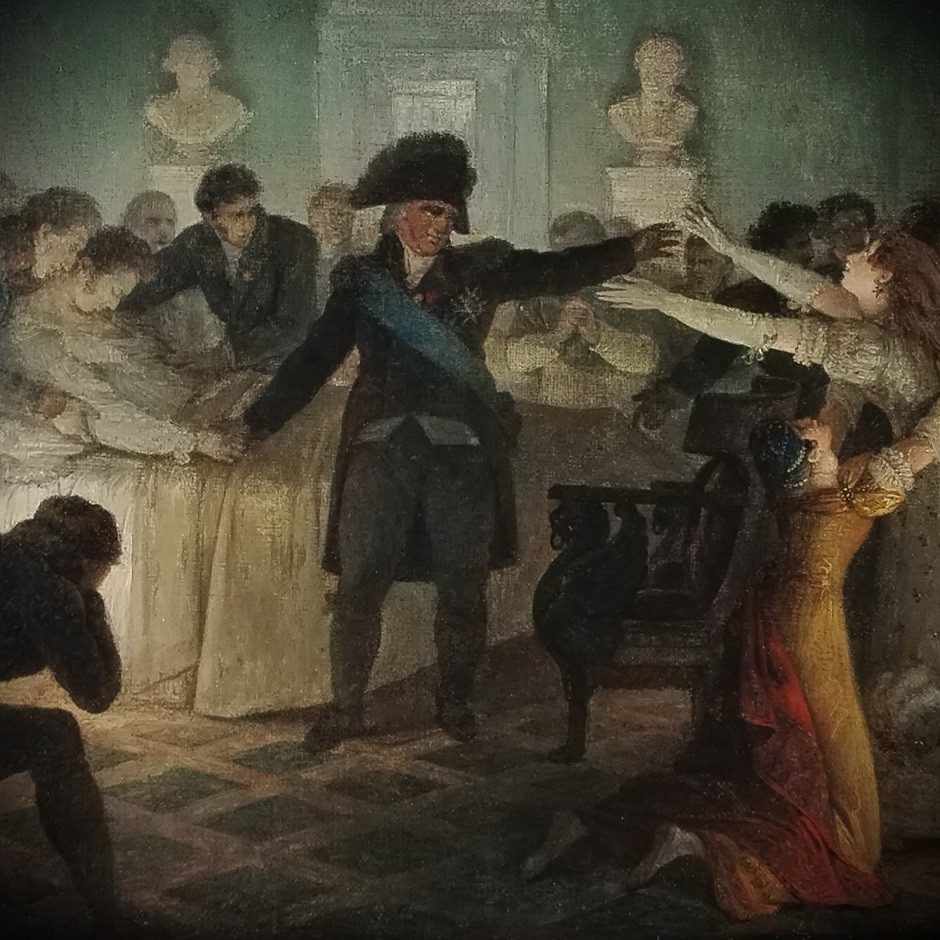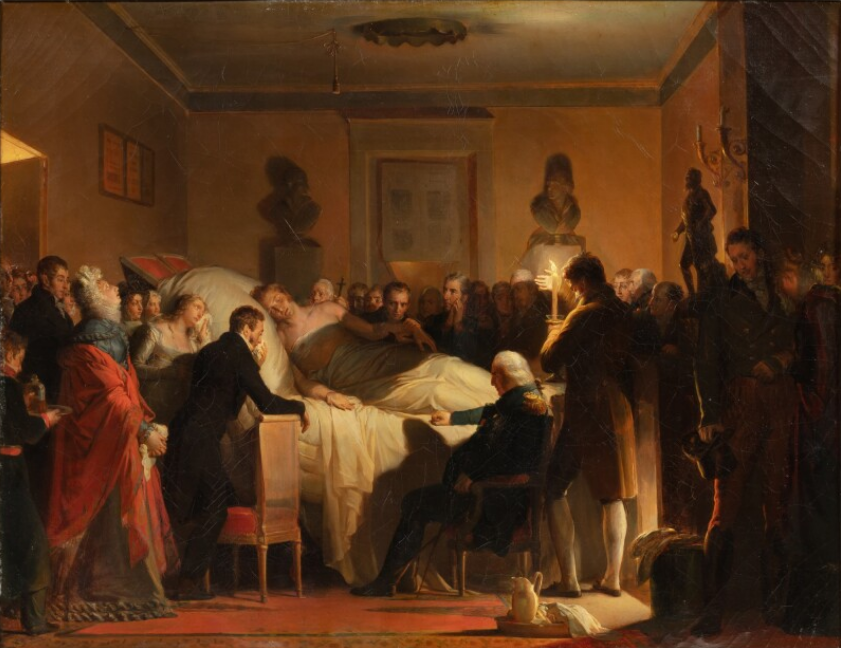The Death of the Duke de Berry
Demande d'informations
| Oil on canvas |
| 34 x 45 cm |
| Circa 1824 |
More info
Born in Versailles on January 24, 1778, Charles Ferdinand d'Artois, Duke of Berry, is the second-oldest son of Marie-Thérèse de Sardinia, better known as Marie-Thérèse de Savoie, and the Count d'Artois, younger brother of Louis XVI and Louis XVIII, and future Charles There he married Amy Brown, daughter of a pastor of minor nobility, with whom he had two daughters, Charlotte, born July 13, 1808, and Louise, born December 19, 1809. After the abdication of Emperor Napoleon I, he returned to France on April 13, 1814. During the Hundred Days, he followed his uncle King Louis XVIII in exile in Ghent. He's back after Waterloo. On June 17, 1816, he married Marie-Caroline de Bourbon-Sicile (1798-1870) at Notre-Dame. Twenty years his junior, she was the daughter of Francis I, King of the Two Sicilies (1777-1830) and Marie-Clementine of Austria (1777-1801), daughter of the Austrian Emperor Leopold II and niece. of Queen Marie-Antoinette.
On February 13, 1820, the Duke of Berry was stabbed as he left the Opera on rue de Richelieu by a Bonapartist saddler worker, Louis Pierre Louvel, who admitted to having aimed to “destroy the stock of the Bourbons”. The duke was in fact the only man in the royal family likely to provide descendants to the dynasty founded by King Henry IV. On September 29, 1820, the Duchess of Berry nevertheless gave birth to a posthumous son named Henri, in memory of the first of the Bourbons, and Dieudonné. Popular fervor then speaks of the “child of the miracle”, following the expression of Alphonse de Lamartine.
(Source: “history through images” website)
According to Rebecca Duffeix, whom we warmly thank, our work would be a model by the hand of a student of Evariste Fragonard, for a painting that is now unknown. Close to his composition "The Last Moments of the Duke of Berry" (photo below), it stages the moment which follows, the death of the Duke of Berry, in a more eventful and theatrical manner.
The glow of the candles lets us glimpse the Duchess of Berry running to the bedside of her husband, whose death was announced to her by Louis XVIII, while Charles X and the Duke of Angoulême accompanied the dying man.
Avis
Aucun avis n'a été publié pour le moment.





